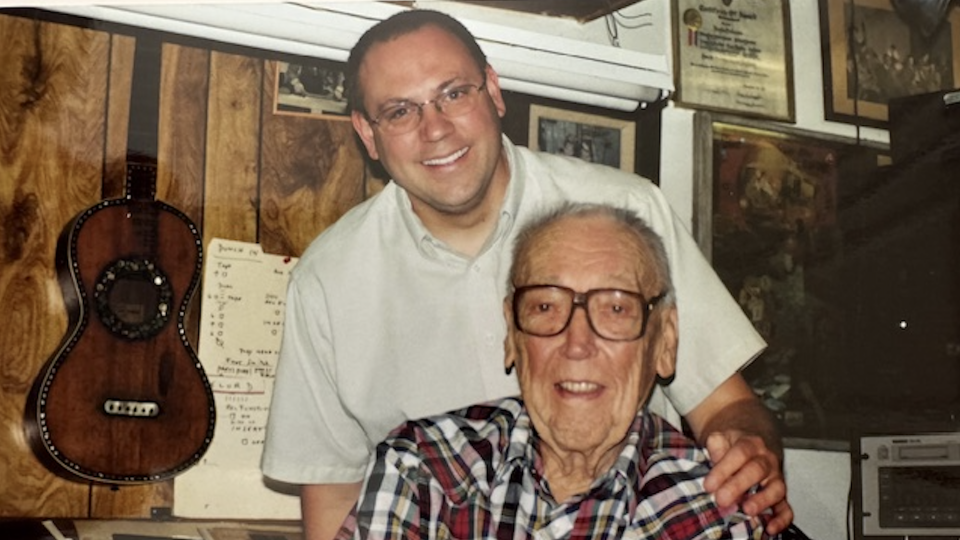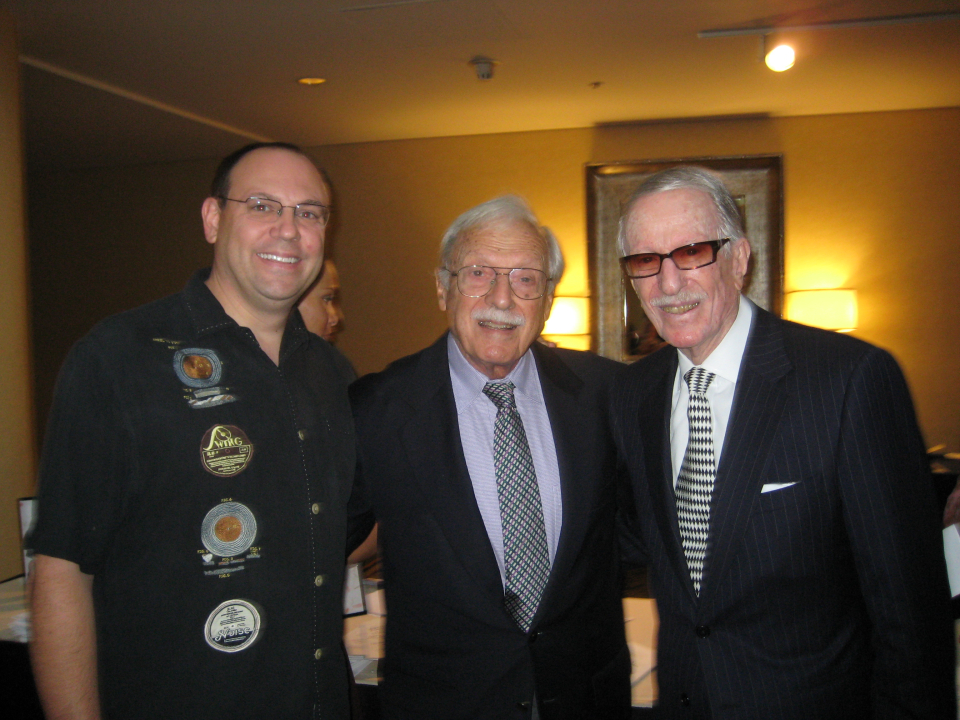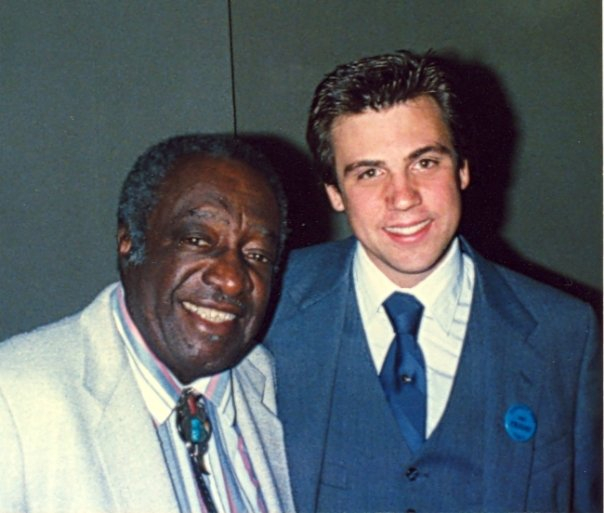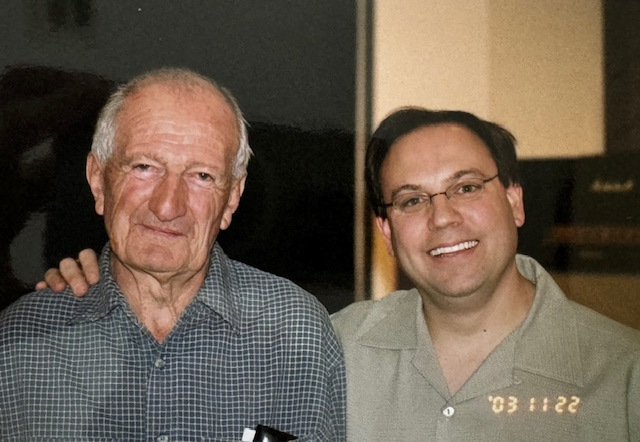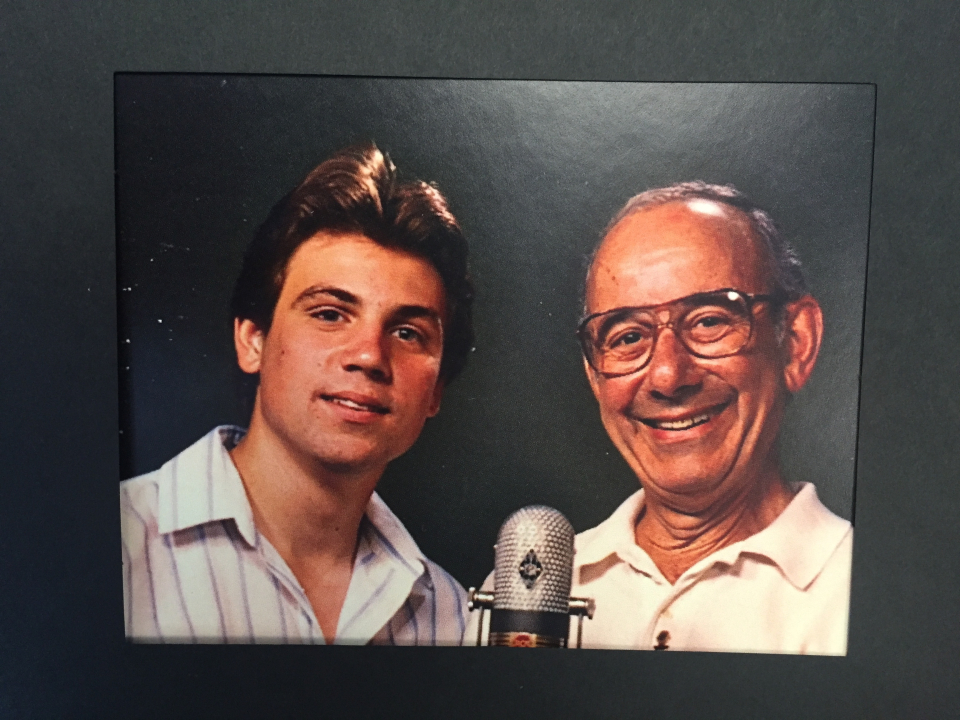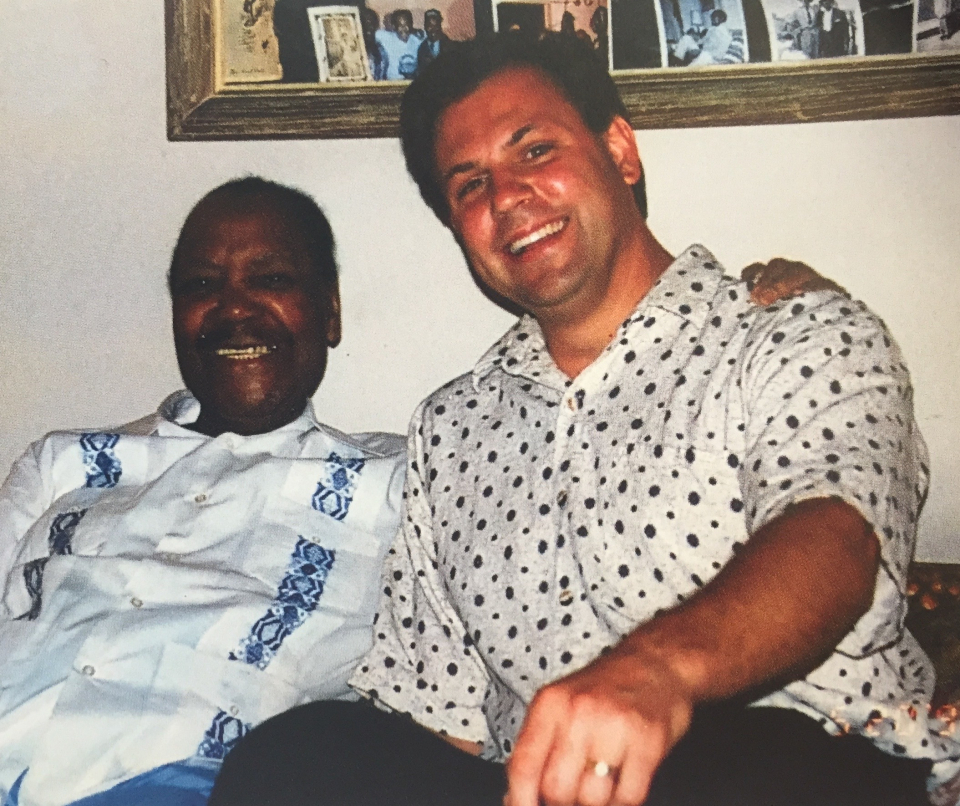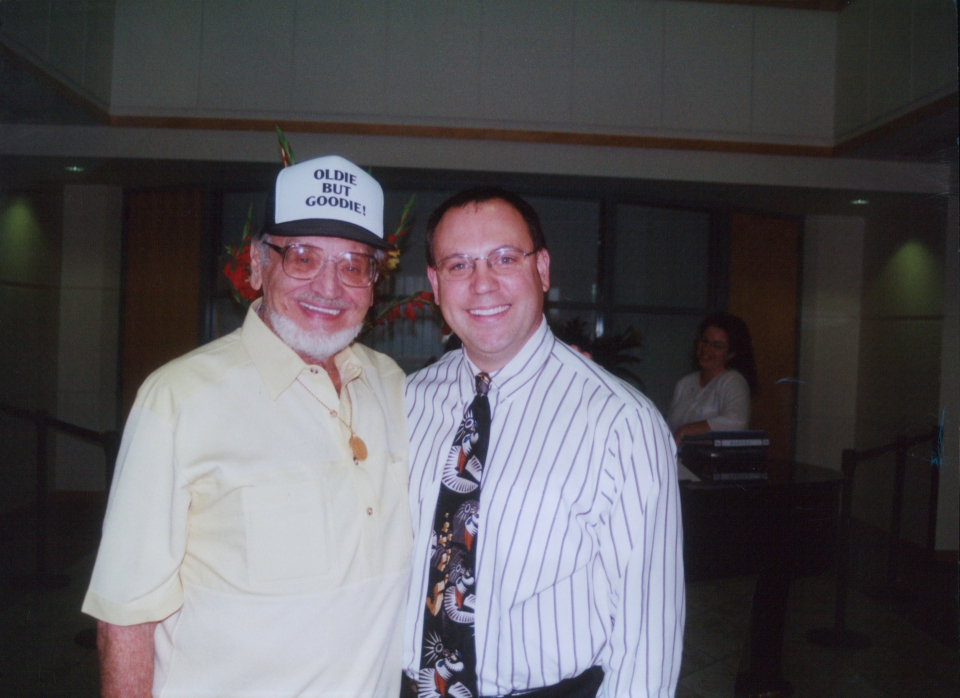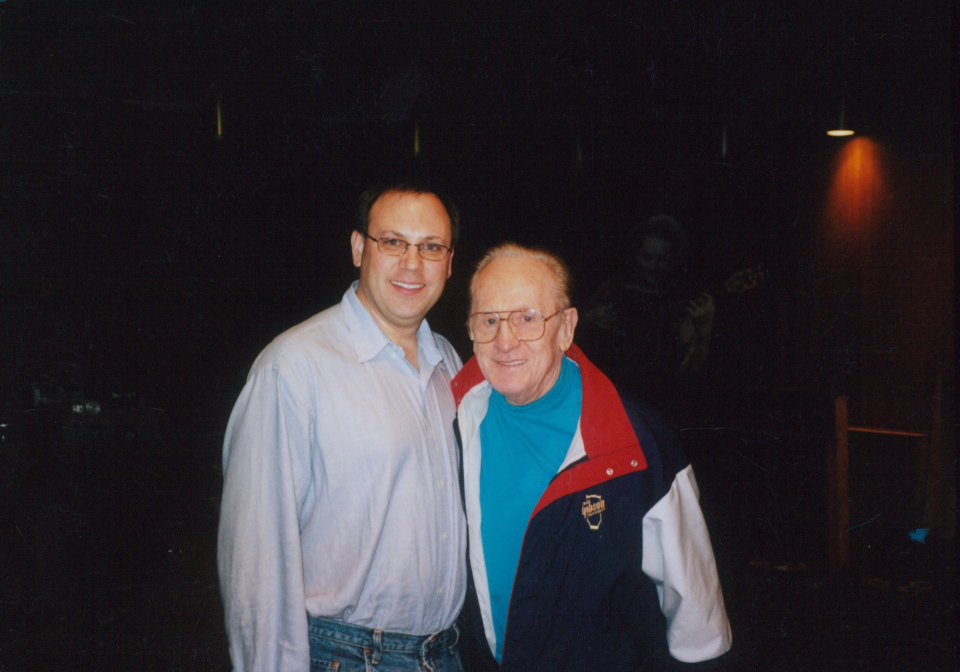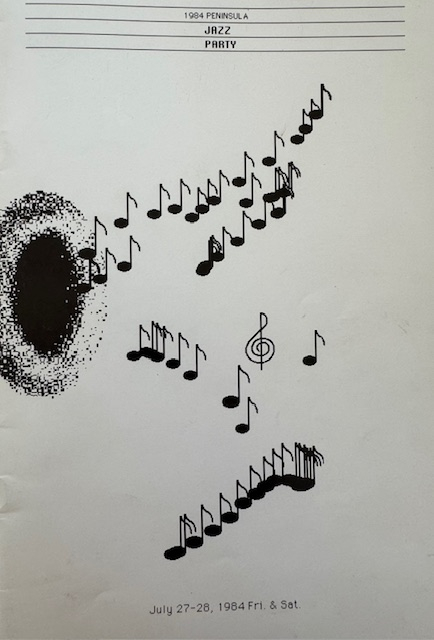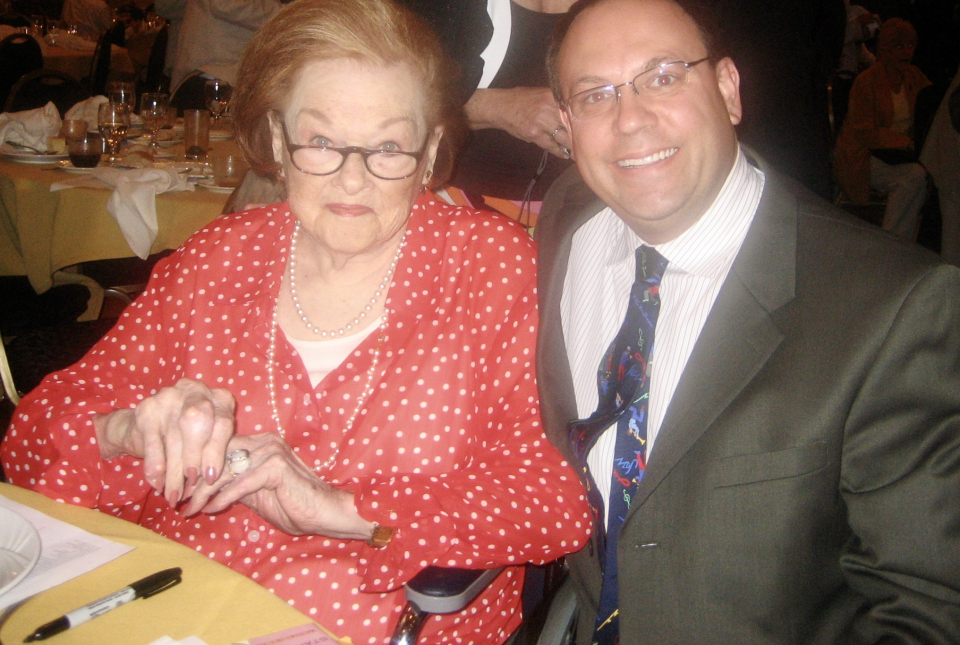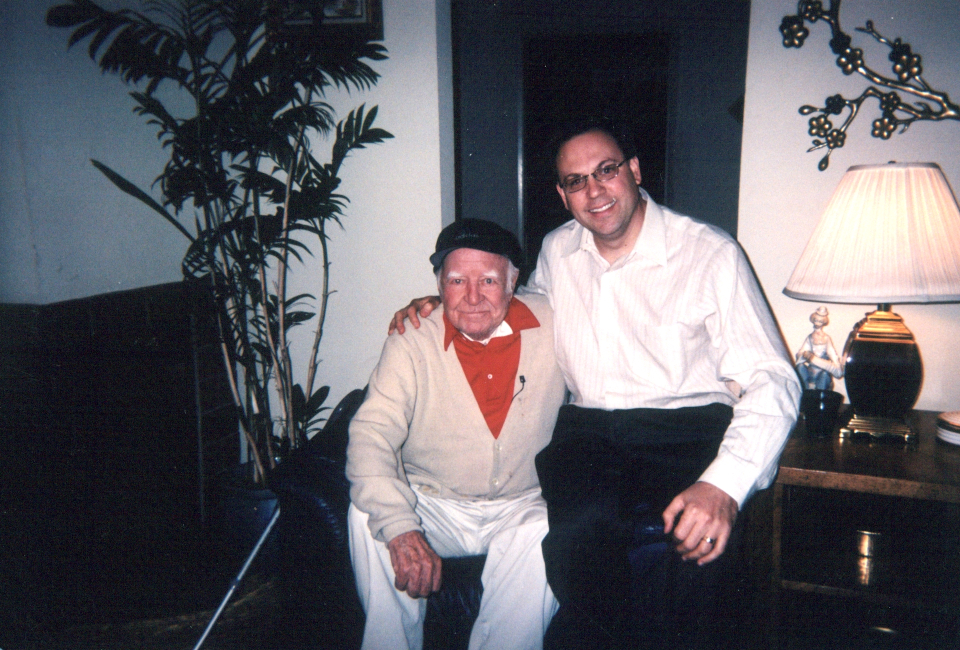40th Anniversary of Dan’s First Interview
July 27, 2024, marks the 40th anniversary of my very first interview. At the age of 16 and working for a small radio station in Menlo Park, California, I was given the opportunity to take a tape recorder backstage during the Peninsula Jazz Concert. There I interviewed four big band sidemen, the first being Trummy Young! It was an amazing experience, and I am so blessed that I kept those tapes and that they stood the test of time until my awesome staff digitized them in 2017. Each of those 97 radio interviews is now part of the NAMM Oral History Program, available to everyone, and all of my interviews can be in one collection! All 5,555, as of the writing of this blog.
Of course, I had no clue conducting interviews would be my profession -let alone in the music industry! I suppose if I had I would have been more aggressive -such as how I am now -to gather as many meaningful people to talk to as possible. Think about it, I started in the early 1980s, which means I could have interviewed someone born in the 1800s -that would have been cool! I am grateful to my radio partner for many years, Jerry Jacobs. We hosted a weekly program on KCEA called Juke Box Saturday Night. Jerry always encouraged me to capture interviews. He inspired me not to be shy when asking for an in-person interview, such as those we conducted backstage during jazz concerts. It was Jerry who convinced Phil Harris to talk with me and brought him backstage for our chat back in 1985. Another radio friend who was an influence on me was Alan Dale. Alan hosted a radio program on Friday evenings on the same station. Alan, being older than me, knew some of the old big band era performers personally and would occasionally play interviews he had with the likes of Rosemary Clooney and Helen O’Connell. I always consider him one of my inspirations to interview the artists whose records we were playing at the radio station. The first such recording artist he helped me connect with was vocalist Helen Forrest. Before that, I had used a directory from the New York chapter of the musician's union to call up those whose names I recognized. I loved the process of seeking, finding, researching and conducting interviews with those who gave us music. I still do!
Most of these radio interviews were conducted over the telephone, so I did not get to meet all of my interview partners face to face, however, I was able to re-interview several in person on video when I landed a job at NAMM. These folks include the legendary Les Paul, songwriter Vic Mizzy, bandleader and pickup designer Alvino Rey and pianist Jay McShann.
Those familiar with the big band era of the 1930s and 40s and jazz from the 20s to the 80s will likely know the names of band leaders such as Cab Calloway, Lionel Hampton, Benny Carter, Artie Shaw, Les Brown and Ray Anthony (the only musician fired three times by Glenn Miller). Dick Jurgens became a dear friend who once told me if I wanted to get a hold of some of his albums I would need to go to his distributor, the Salvation Army! Other band leaders I was lucky enough to interview were Larry Elgart , Red Norvo, Chuck Foster, Orrin Tucker and Raymond Scott (who was also known as a composer, some songs were famously used for cartoons).
Talking to lesser-known big band leaders was a very enjoyable experience because I could tell it was meaningful to them that someone decades later still remembered their contributions to that great dance band era. Leaders such as Memo Bernabei, Bobby Byrne, Hal Pruden, Johnny Catron, Ernie Heckscher (a favorite in San Francisco hotel ballrooms) and Jac Winroth were mainly known in one region of the country or performed for years in a particular hotel ballroom.
From all these early interviews, I learned so much, about their history and era, but also about conducting an interview and giving them their space to share. I learned some lessons the hard way but always strived to listen and improve. It is also fun for me to hear some of these early interviews, if the cringe factor of my squeaky voice isn’t too bad, because I can tell how far I have come as an interviewer. During many of these radio day interviews, you can tell I am trying to impress the artists about knowing details of their careers. I have learned, among other things, that if I want great content, asking from a place of curiosity often provides more meaningful responses with stories not so much just facts and dates. For example, when I asked singer Margaret Whiting to describe Johnny Mercer, for someone like me who never met the songwriter, she provided a meaningful response. She talked about what he looked like and then launched into describing his easy approach while working with the orchestra. His mellow style, she declared, came across to the listener by evoking emotions, such as the joy of falling in love.
The musicians interviewed during my radio days were Jonah Jones (my son’s namesake), Joe Bushkin, Maynard Ferguson, Barrett Deems, Doc Cheatham (who first recorded with Ma Rainey in 1927), Nick Fatool, Bob Haggart, and Billy Butterfield (check out his trumpet solo on Margaret Whiting’s “Moonlight In Vermont”). It was such a thrill to chat with my saxophone heroes Illinois Jacquet, Eddie Miller and Grady Tate as well as Ella Fitzgerald’s drummer Gus Johnson, and beloved bassist Arvell Shaw. There was also Bob Brookmeyer, Nick Brignola, Marian McPartland, Steve Kuhn, Buddy Tate, Kenny Davern, Jim Galloway and Jack Lesberg (one of the nicest men you’d ever want to meet). I enjoyed interviewing drummer Harry Sargent as that was my chance to learn first-hand about his father, singer Kenny Sargent (1906-1969) who had a big hit with “Under a Blanket of Blue.” Stride pianist Ralph Sutton became a dear friend as did Walter Perkins, Jess Stacy, Butch Miles, Ray Ellis, Louie Bellson (who I later interviewed on video at a NAMM show), Clark Terry and bassist Artie Shapiro (whose career dates back to the Paul Whiteman Orchestra). The King of Latin Jazz Tito Puente was great fun as were Peanuts Hucko, Johnny Best, Gerry Mulligan and drummer Ray McKinley (who played drums for Glenn Miller before forming his own band). The great guitarist Barney Kessel also owned a music store in Hollywood for years so I sure wish I had connected with him before he suffered a stroke. Still, you can hear in his voice the love and passion he had for music!
Oh gosh, I have many stories about this cast of characters, many of whom were good friends with each other. In fact, it was my man Milt Hinton, who called his friends such as Cab and Jonah to ask if he could give me their numbers -and they did!
Among the songwriters/arrangers were the great Burton Lane (“On a Clear Day You Can See Forever”), (Jay) Livingston & (Ray) Evans (“Mona Lisa”), Manny Albam (arranged for Leonard Bernstein), Paul Weston (“Day By Day”), Frank De Vol (Hollywood arranger), George David Weiss (“What a Wonderful World”), Frankie Carle (“Sunrise Serenade”), Van Alexander (co-wrote “A-Tisket, A-Tasket”) and Billy May (songwriter who began his career arranging for Glenn Miller and Frank Sinatra).
And the dance band era would not have been the same without the singers, which includes the incomparable Lena Horne, Peggy Lee, Martha Tilton and (the other) Ray Charles (his singers recorded on hundreds of records in the 50s and 60s and later provided vocals on the Three’s Company TV theme!). Kenny Gardner (recorded often with Guy Lombardo) my dear Helen Forrest (had three million-selling songs with three different band leaders), Kay Starr, Herb Jeffries (provided vocals to Duke Ellington’s “Flamingo”), Connie Haines, Donald Mills (of the Mills Brothers), Jerry Vale, Tommy Traynor, Jo Stafford (always so elegant), Margaret Whiting, Patti Page (how could we ever forget her version of “Tennessee Waltz”), Bea Wain, Buddy Greco, good pal Frankie Laine, Jack Jones and Louise Tobin (who lived to be 104).
During my radio days, with a thirst to understand the swing era, I also interviewed writers and researchers such as George T. Simon (who wrote one of my favorite resources in 1968 entitled The Big Bands), Warren Vaché Sr. (who wrote several articles and books about unsung musicians including Crazy Fingers: Claude Hopkin's Life in Jazz), Joe Franklin (radio and television host as well as author) and Stanley Dance who, along with his wife Helen, wrote books and many liner notes over their long careers. She wrote the, still in-print, biography of T. Bone Walker in 1987 entitled Stormy Monday and Stanley wrote Jazz Era the Forties in 1961 and The World of Duke Ellington twenty years later. Both were close friends with the likes of Earl Hines and Duke Ellington and both were lovely people!
There has only been one interview that was lost over the years before it would be digitized. Back in 1987, I was able to interview the R&B pioneer, bandleader and songwriter Johnny Otis over the phone. Sadly, to this day I am unable to find that tape.
For the record, I thought it would be interesting to list those musicians I spoke to over the phone back in the 1980s but was unable to arrange an interview. They all agreed to the interview but for one reason or another, one was never conducted: They are swing bandleader Andy Kirk, singer Al Hibbler, vibraphonist Milt Jackson, drummer Panama Francis, Hammond organist Jimmy Smith and rock and roll hitmaker Hank Ballard.
By no means is this a complete list of those involved with the big band era and early jazz that I interviewed over the years. They are just the first conducted during my radio days and do not include those captured as a NAMM employee. For the complete lists check out links such as Big Bands, Jazz, Band Leaders and Vocalists.
What motivated me most to write this article is the idea that when you read these names and click on these links, you are helping to remember some rather remarkable and talented music makers and will prevent them from being forgotten. Thank you to all those who support this program -you and I both know who you are! I am grateful and honored to celebrate those who gave us music! Look how many great people we got to remember today thanks to you! I can’t wait to add many more stories to this amazing resource, the NAMM Oral History collection!
Put another way I interviewed Baloo the Bear, the man who wrote the Addams Family TV theme song and the inventor of multitrack recording! How cool is that?!
Dan Del Fiorentino
NAMM Music Historian
dand@namm.org
July 27, 2024
